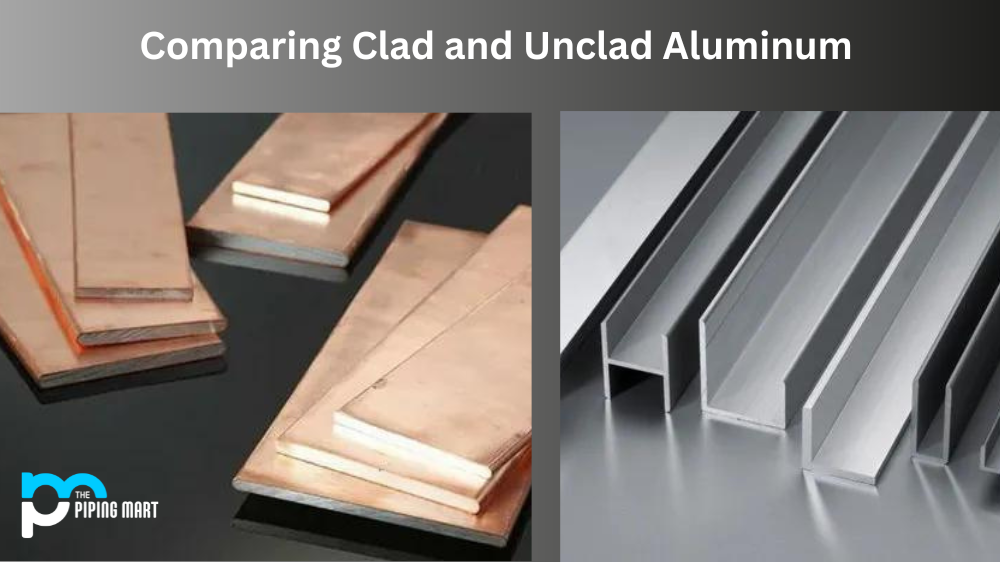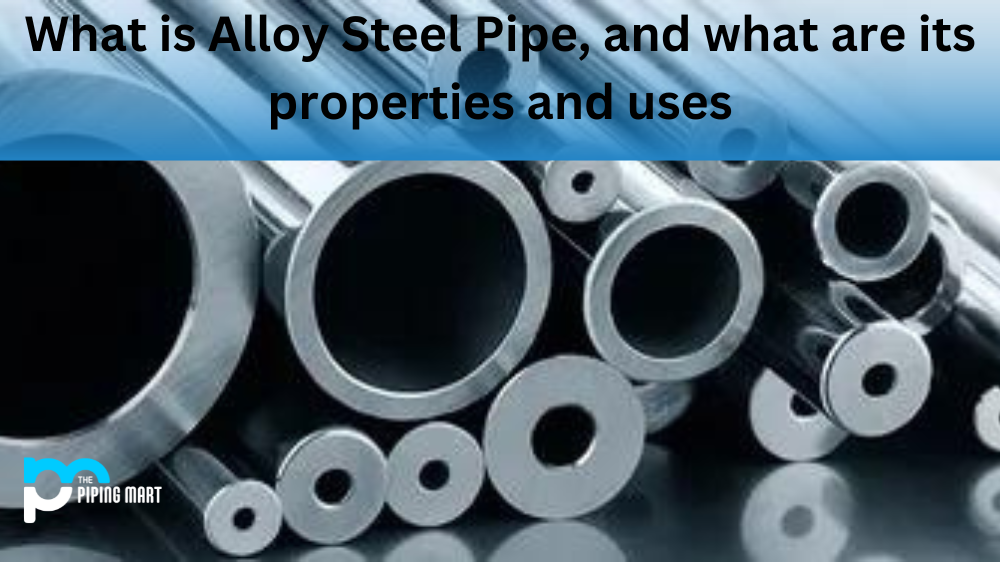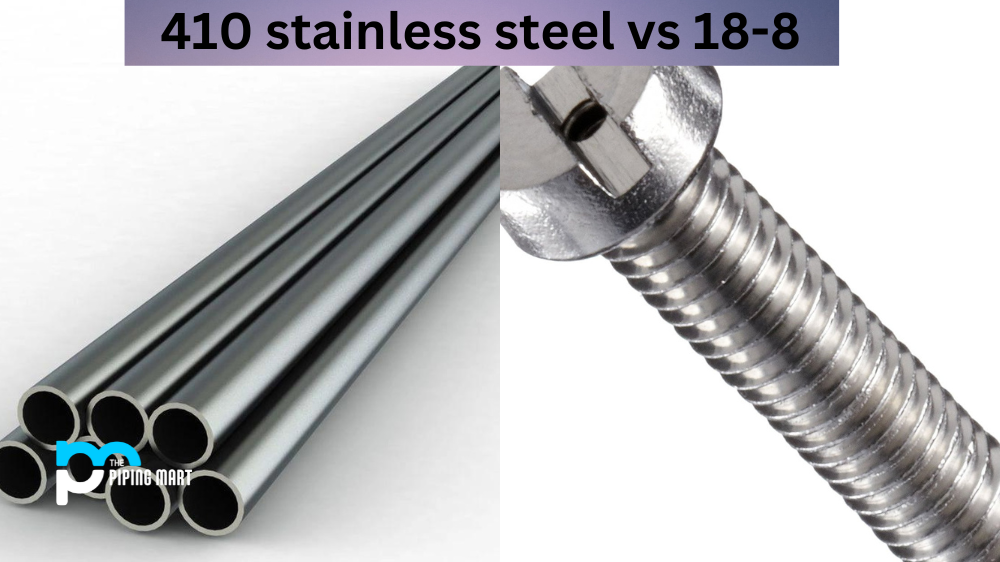Aluminum is an incredibly versatile material that can be used for many applications. But when it comes to using aluminum, you have two main options: clad or unclad. So what’s the difference between these two types of aluminum? Let’s take a closer look.
What is Clad Aluminum?
Clad aluminum is a type of metal that has been bonded with other metals such as copper, nickel, or stainless steel. This bond helps to reduce corrosion and improve the overall strength of the metal. It also gives the aluminum an attractive finish that may be more aesthetically pleasing than unclad aluminum in specific applications.
Clad aluminum is often used in applications where aesthetics are essential, such as artwork or furniture. It can also be used in electrical conductors and components due to its superior corrosion resistance compared to unclad aluminum.
What is Unclad Aluminum?
Unclad aluminum is pure aluminum without any other metals bonded with it. This makes it lighter and cheaper than clad aluminum but more prone to corrosion and less intense overall. Unclad aluminum still has many uses due to its light weight and affordability. It’s often used in construction projects such as window frames or roofing materials and for everyday items like appliances and car parts.
Unclad aluminum also has some specialized uses, such as for reflective surfaces or medical instruments, due to its high purity level (meaning it does not contain any other metals). In addition, unclad aluminum can still be treated with coatings or paints that provide additional protection from corrosion if needed.
Difference between Clad and Unclad aluminum
Clad and unclad aluminum are two different choices of materials to consider when tackling a project. Clad aluminum consists of a metal core, usually aluminum, that is clad with a thin layer of another metal such as copper or stainless steel. This unique combination offers unparalleled strength whilst providing an aesthetically pleasing finish. On the other hand, unclad aluminum is simply constructed from pure metal, offering less strength than its cladded counterpart. Despite lacking in strength compared to clad aluminum, unclad aluminum can be advantageous as it offers improved thermal properties and resistance to oxidation meaning that the material can better cope with harsher environments. Ultimately, depending on the environment and your aesthetic preferences, either option can be suitable for any project you may have in mind.
- Clad aluminum is an alloy that contains multiple layers of different metals.
- Unclad aluminum is an alloy that only contains one layer of metal.
- Clad aluminum is more resistant to corrosion than unclad aluminum.
- Unclad aluminum is less expensive than clad aluminum.
- Clad aluminum is more difficult to weld than unclad aluminum.
- Unclad aluminum is more widely available than clad aluminum.
Conclusion:
Clad and unclad aluminum have unique advantages, depending on your specific needs. Clad aluminum offers superior strength and corrosion resistance while being more aesthetically pleasing compared to unclad aluminum – making it ideal for artworks and furniture pieces – while unclad aluminum provides a lighter weight, greater affordability, higher purity levels, and easier customization with coatings or paints if required – making it perfect for windows frames, roofing materials and everyday objects like appliances or car parts. Ultimately, choosing between clad or unclad aluminium will depend on your project requirements, so make sure you weigh up all the pros and cons before making your decision!
Sakshee is a talented blogger, with a particular focus on the Business and Metal Industry. She is passionate about sharing her insights on various metal products and helping professionals to make a better decisions.




